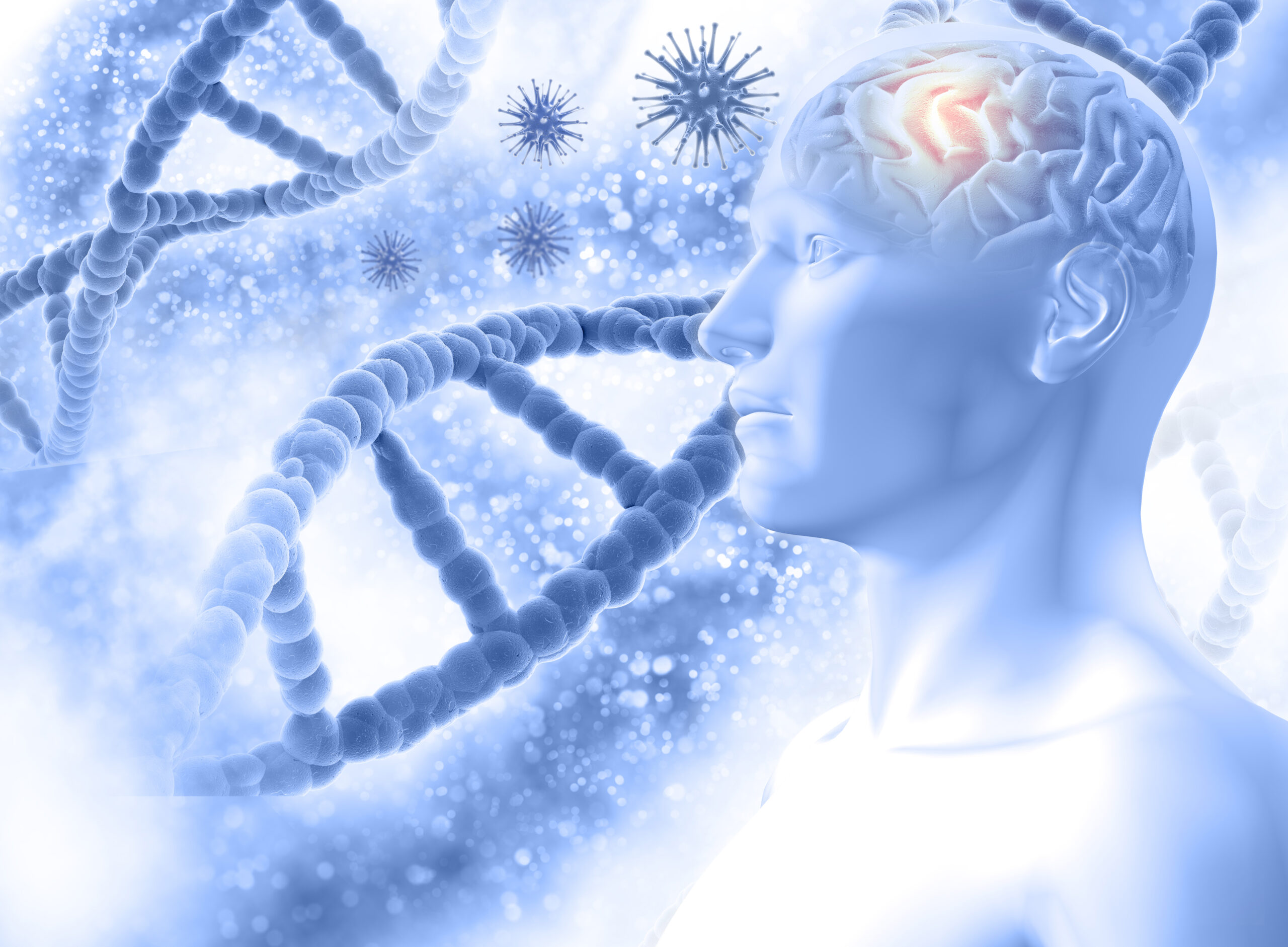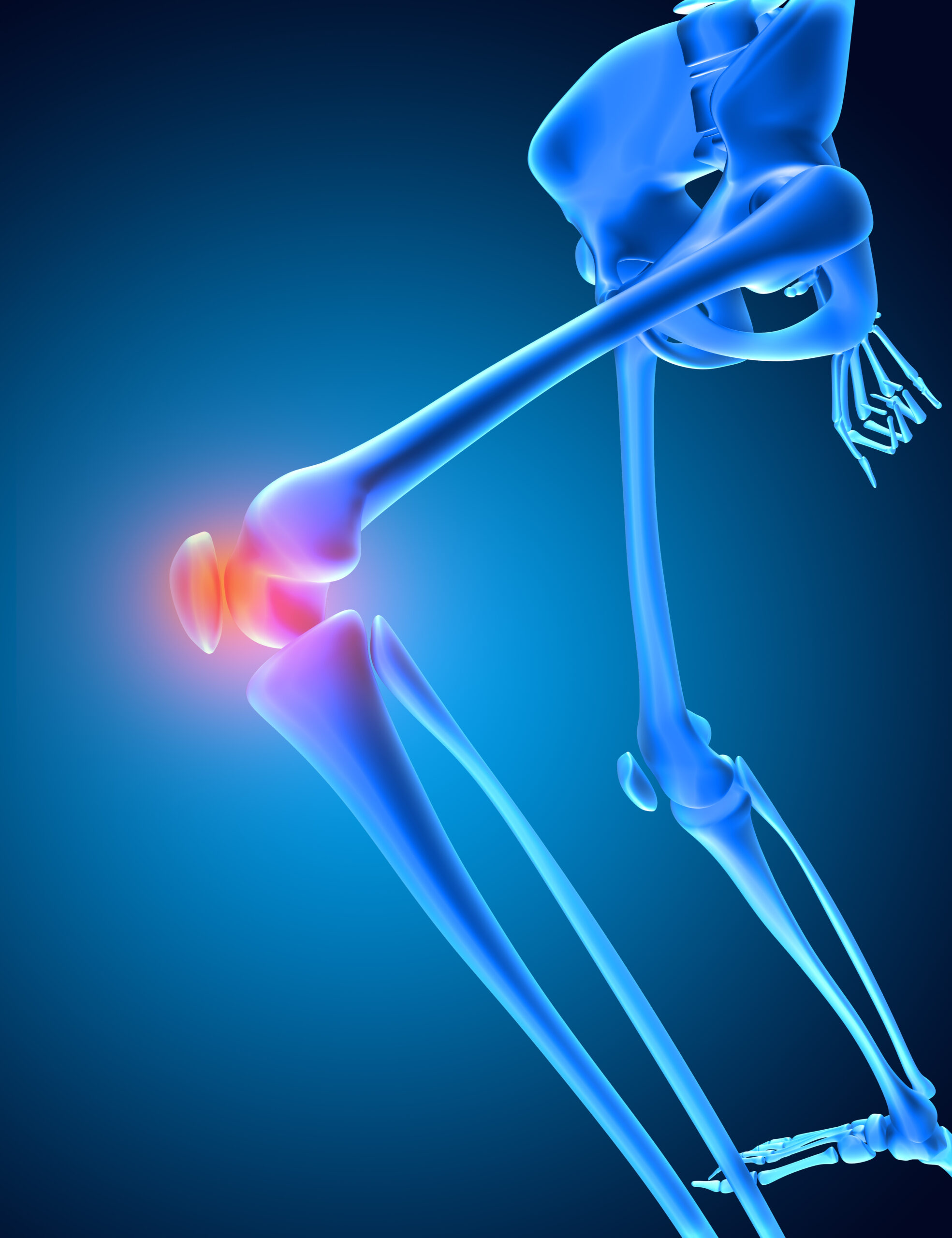A Paradigm Shift in Neuroscience
Memory has long been considered the domain of neurons—specialized brain cells responsible for communication and information storage. However, groundbreaking research has upended this traditional view, revealing that non-neural cells also exhibit memory-like behavior. Published in Nature Communications, this discovery could redefine our understanding of memory as a universal biological process, not restricted to the brain.
- A new study published in Nature Communications provides evidence that memory-like processes are not exclusive to brain cells but can occur in other types of human cells. Researchers demonstrated that two types of non-neural cells, when exposed to specific patterns of chemical stimuli, exhibited memory responses traditionally associated with neurons. This finding suggests that memory mechanisms may stem from fundamental cellular processes.
- The research was conducted by scientists at the Center for Neural Science at New York University, led by Nikolay V. Kukushkin and Thomas Carew. The team set out to investigate whether the molecular mechanisms underpinning memory formation in neurons could also be present in non-neural cells. Building on previous research that identified memory-like processes in simplified neural systems, the researchers aimed to determine if non-neural cells might exhibit similar memory traits, such as the ability to differentiate between spaced and massed stimuli.
- “Tom’s lab has been studying for many years how something seemingly intangible, like memory and learning, can boil down to changes in just a handful of brain cells — sometimes, in a single neuron,” explained Kukushkin, a clinical associate professor of life science and author of the upcoming book One Hand Clapping: The Origin Story of the Human Mind.
“So we knew that memory does not require all the complexity of the brain. It was a logical step to ask — does it require a brain at all?”
The research centered on the “massed-spaced effect,” a phenomenon well-documented in neuroscience and behavioral psychology. The effect demonstrates that information is retained more effectively when learning sessions are spaced out over time rather than compressed into a single intensive session. This principle, originally identified in neurons, has been observed across species and is considered a cornerstone of memory formation. The researchers hypothesized that similar dynamics might also apply to non-neural cells due to the conservation of certain signaling pathways across cell types.
To test this hypothesis, the scientists engineered two types of human cell lines—one derived from nerve tissue and another from kidney tissue—to include a “reporter” system that produces a glowing protein in response to memory-related activity. This protein, a form of luciferase, is controlled by a promoter dependent on the cAMP response element-binding protein (CREB), a molecule known to play a key role in memory formation in neurons. By observing the production of the glowing protein, the researchers could track when and how the cells “remembered” specific patterns of chemical stimulation.
Key Findings of the Research
The study demonstrated that non-neural cells, such as skin and muscle cells, could “remember” patterns of stimuli. This ability to retain and respond to information was previously thought to be exclusive to neurons.
1. Activation of Memory Genes:
Researchers observed that non-neural cells activated specific memory-related genes, the same ones used by neurons during learning and memory formation.
These genes enabled the cells to recognize and adapt to repeated chemical signals.
2. Adaptive Cellular Response:
Similar to how neurons strengthen synaptic connections to retain information, non-neural cells altered their biochemical pathways in response to stimuli patterns.
This suggests that memory-like processes are embedded in cellular mechanisms across various cell types.
- The team exposed the cells to pulses of two chemicals—forskolin and TPA—that activate key memory-related signaling pathways, mimicking how neurons respond to neurotransmitters during learning. These pulses were administered in various patterns, including single intensive bursts (massed training) and multiple shorter bursts spaced over time (spaced training). The researchers then measured the levels of the glowing protein after different intervals to assess the cells’ responses.
- Both cell types exhibited stronger and more sustained responses when exposed to spaced stimuli compared to massed stimuli, mirroring the massed-spaced effect observed in neurons. Importantly, the cells retained these memory-like responses for over 24 hours, indicating that the spacing effect influenced not just the immediate strength of the response but also its longevity. This behavior aligns with key principles of memory, such as enhanced retention and reduced forgetting with repetition over time.
- The researchers further investigated the molecular underpinnings of these memory-like processes. They found that the effects were associated with the activation of CREB and extracellular signal-regulated kinase (ERK), two molecules essential for memory formation in neurons. Spaced stimulation led to stronger and more sustained activation of these molecules compared to massed stimulation. By inhibiting the activity of CREB or ERK, the researchers were able to block the memory-like responses, confirming their critical role in the observed phenomena.
- “To the cells of our body, anything that we do regularly — eating, exercising, taking medicine — is a pattern of chemicals in time,” Kukushkin explained. “These time patterns can change any cell in literally the same ways as learning for class changes brain cells, and as with brain cells, we don’t yet fully understand which time patterns do what. But in the future, we may be able to use this cellular learning, for example, to train a muscle cell to produce a healthy hormone, or to train a cancer cell to stop dividing.”
Mechanisms Underlying Cellular Memory
- Gene Expression: Non-neural cells exhibited changes in gene expression when exposed to recurring stimuli, much like neurons do during long-term potentiation (LTP), a critical process for learning.
- Cellular Plasticity: The ability of cells to adapt and respond more effectively to repeated signals highlights a universal form of plasticity that extends beyond the nervous system.
Implications for Science and Medicine
This discovery has far-reaching consequences for neuroscience, cellular biology, and medical research.
1. Revisiting the Concept of Memory:
Memory may no longer be exclusive to the brain but a fundamental property of all cells.
This insight could reshape how we view life processes, emphasizing the interconnectedness of cellular functions.
2. Applications in Medicine:
- Neurodegenerative Diseases: Understanding memory in non-neural cells could lead to breakthroughs in treating conditions like Alzheimer’s and Parkinson’s.
- Cancer Research: Cancer cells often “learn” to resist treatments. By targeting their memory-like mechanisms, scientists could develop more effective therapies.
- Immune System Enhancement: If immune cells exhibit memory-like processes, this could improve vaccine development and immunotherapy.
3. Inspiration for Artificial Intelligence:
Cellular memory processes could inspire novel approaches in AI, creating systems that mimic biological memory and learning.
Broader Biological Implications
The discovery challenges traditional boundaries between neural and non-neural processes, suggesting a universal mechanism for adaptation and learning:
- Immune Memory: Cells in the immune system may use similar processes to “remember” pathogens, offering insights into improving vaccines.
- Developmental Biology: Memory-like processes in stem cells could guide their differentiation and specialization.
Future Directions
The findings raise several intriguing questions for future research:
- Exploring Other Cell Types: Are memory processes present in immune, stem, or other specialized cells?
- Studying Disease Mechanisms: Could disruptions in non-neural memory processes contribute to chronic diseases?
- Developing Therapeutic Strategies: Can we manipulate these processes to enhance health or combat diseases?
Conclusion: Redefining Memory and Life
The discovery of memory-like processes in non-neural cells is a milestone in biology and neuroscience. It broadens our understanding of memory as a fundamental property of life, extending beyond neurons to all cells.
This new perspective opens doors to innovative treatments, deeper insights into cellular behavior, and a reimagining of the interconnected processes that sustain life. As research advances, the boundaries of what we know about memory, learning, and adaptation are sure to expand, offering a richer understanding of the biological world.
This discovery reminds us that every cell, whether in the brain or body, has its own story to tell—one of resilience, adaptation, and the capacity to remember.
The researchers further investigated the molecular underpinnings of these memory-like processes. They found that the effects were associated with the activation of CREB and extracellular signal-regulated kinase (ERK), two molecules essential for memory formation in neurons. Spaced stimulation led to stronger and more sustained activation of these molecules compared to massed stimulation. By inhibiting the activity of CREB or ERK, the researchers were able to block the memory-like responses, confirming their critical role in the observed phenomena.
“To the cells of our body, anything that we do regularly — eating, exercising, taking medicine — is a pattern of chemicals in time,” Kukushkin explained. “These time patterns can change any cell in literally the same ways as learning for class changes brain cells, and as with brain cells, we don’t yet fully understand which time patterns do what. But in the future, we may be able to use this cellular learning, for example, to train a muscle cell to produce a healthy hormone, or to train a cancer cell to stop dividing.”
The study challenges the traditional view that memory is a feature unique to the brain and its neurons. However, the experiments were conducted under highly controlled laboratory conditions, which may not fully capture the complexity of real-world cellular environments. Additionally, the study focused on a narrow set of stimuli and cell types, leaving open questions about the generalizability of these findings to other cell types and signaling contexts. Future research will need to address these limitations by exploring how different cells respond to various stimuli and whether similar memory-like processes occur in living organisms.







